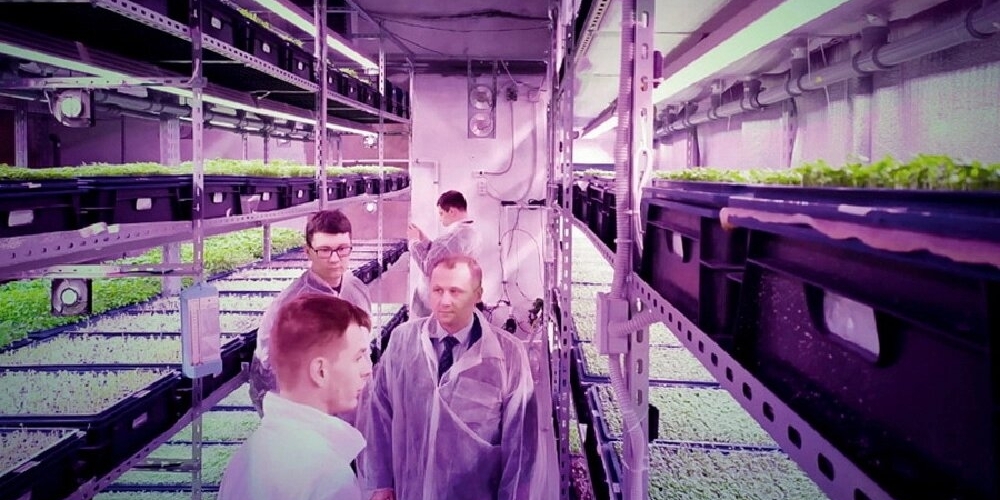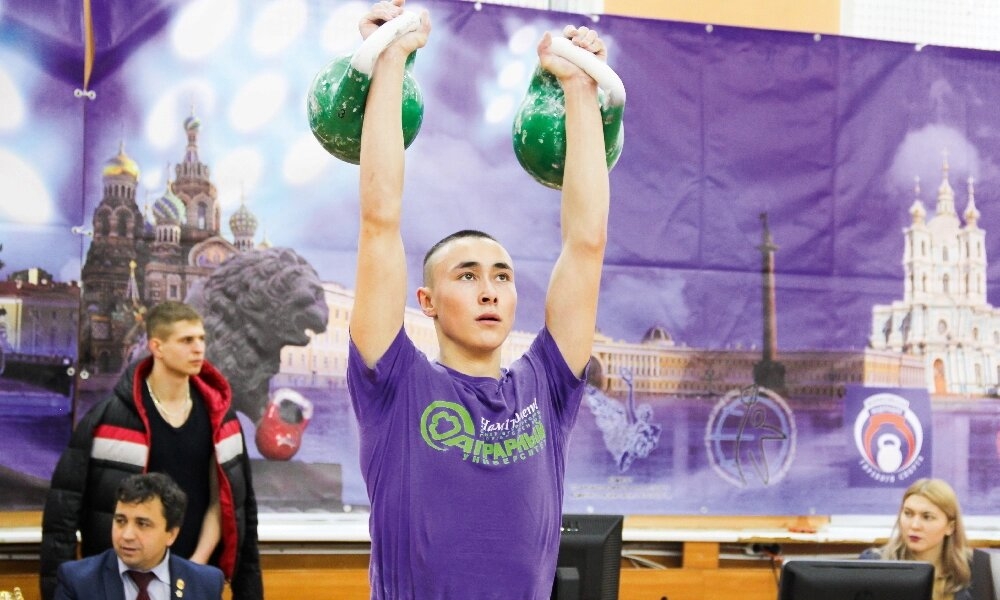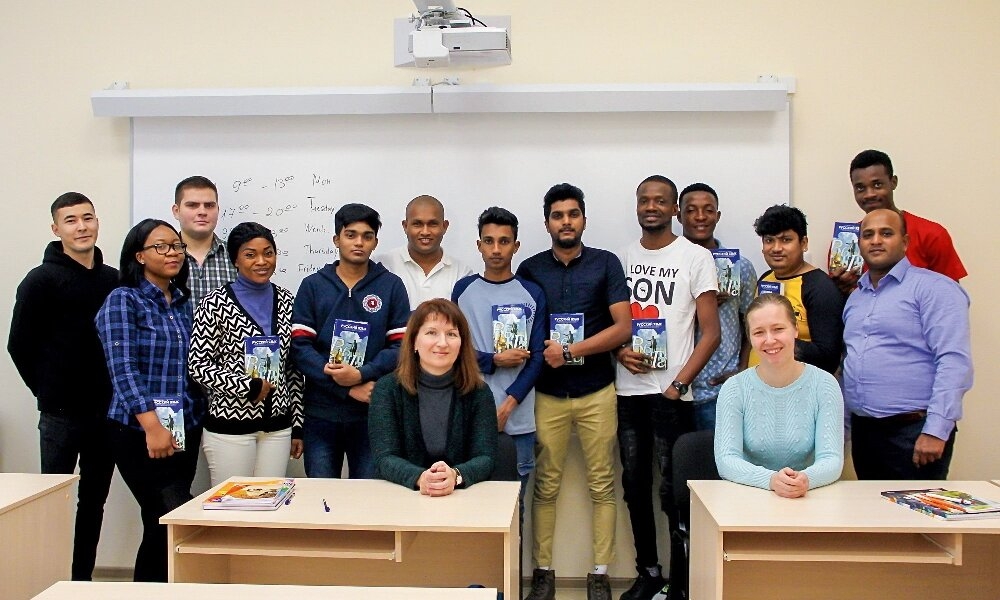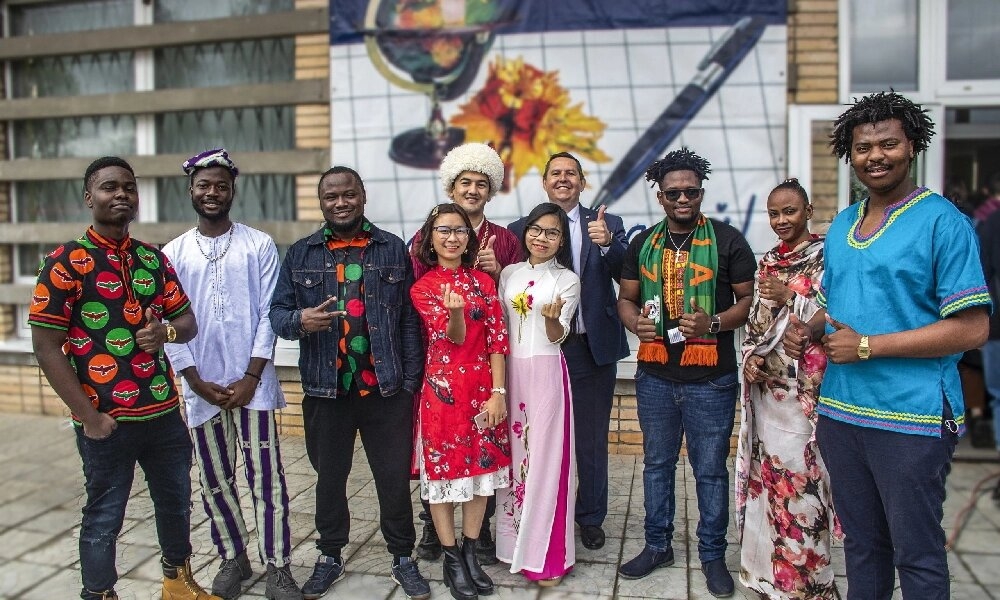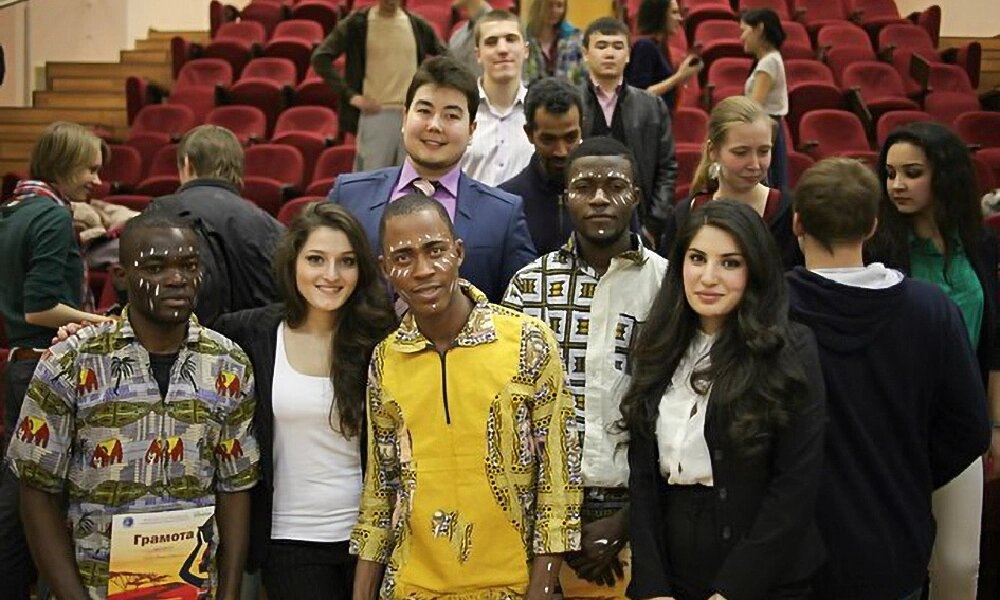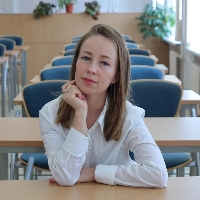SPbSAU is a flagship industry-specific university in the Northwestern Federal District, the international research and education center, one of the agricultural education leaders in Russia. It trains specialists in the fields of agricultural biology, engineering and technology, social sciences, and economics.
Faculties
- Agricultural Technologies, Soil Science, and Ecology
- Horticulture and Processing Technologies
- Animal Husbandry Engineering and Biotechnologies
- Engineering Systems, Service, and Power Engineering
- Land Management and Farm Building
- Management of Rural Development
- Economics and Management in the Agro-Industrial Complex
- Law
College
Kaliningrad branch
The university is located in the pearl of Saint-Petersburg—Pushkin town (Tsarskoye Selo).
Tsarskoye Selo (Pushkin) is a small town with two magnificent palaces, well-wooded parks, and rich history. It is 20 minutes' drive from Saint Petersburg. Russian Imperial House of Romanovs turned the summer residence in the neighborhood of Saint Petersburg into the town where the architectural grandeur combines with cutting-edge technologies, and Lyceum student Pushkin wrote poems about it.
Cultural life of the town is extraordinarily bright and eventful. Depending on the season, you can freely participate in Maslenitsa outdoor celebrations or numerous palace balls and festivals.
Dormitory check-in
The dormitories are five minutes' walk from the main university building. This allows students to get around the campus more quickly and comfortably. Students are accommodated in 2-3-person rooms.
There is a kitchen on each floor so that students can cook themselves.

